UNDERSTANDING EMS: A PEEK INTO PHYSIOLOGY
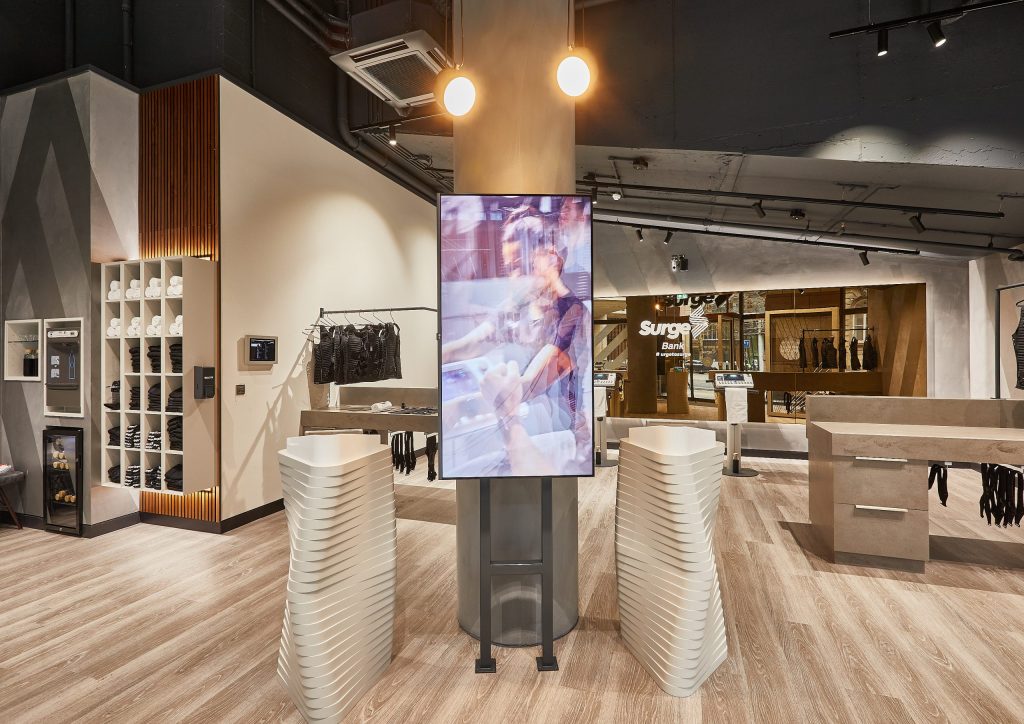
THE ESSENCE OF MUSCLE
MOVEMENT
Every time we move, it’s because our brain has sent a special message through our nerves to our muscles, telling them to contract. This happens thanks to motor units—a combo of nerve fibers and the muscle fibers they control. Imagine it like a team, where the brain is the coach, the nerves are the messengers, and the muscles are the players. The size of the team varies: some muscles work with just a few fibers for delicate tasks, like blinking, while others use thousands for big movements, like running.
MUSCLE TEAMS IN ACTION
Muscles work in teams, called motor units, to make your movements smooth and precise. The smaller the team, the finer the control—think of the intricate movements of your eyes versus the powerful stride of your legs. When a muscle gets a “go” signal, all its fibers contract together in an all-or-nothing fashion. This teamwork lets us adjust the strength of our movements, from the lightest touch to the most forceful action.

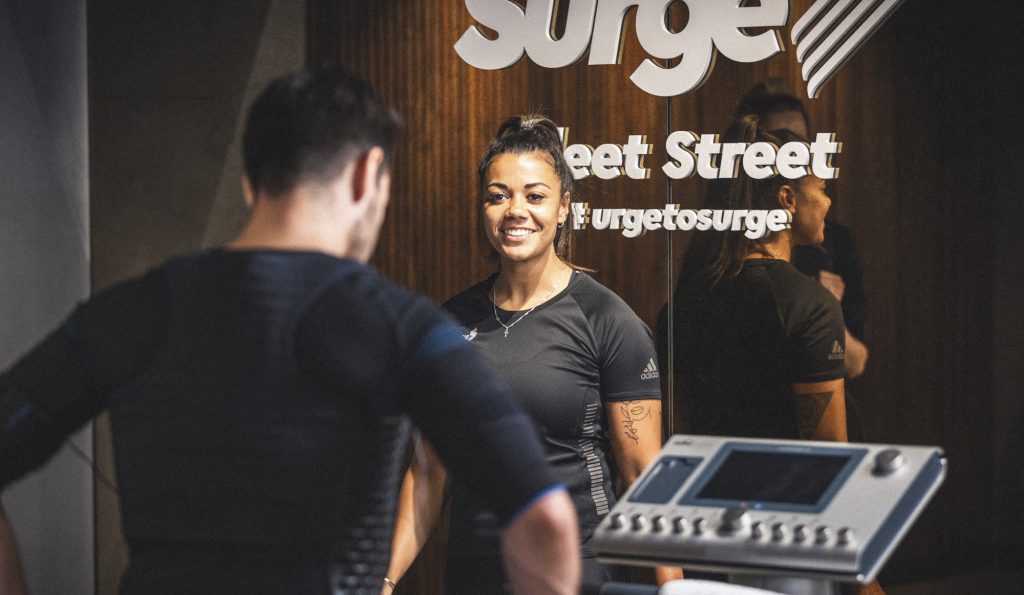
A CLOSER LOOK AT MUSCLE CONTRACTION
Underneath the microscope, muscles reveal a world of tiny building blocks called sarcomeres, linked together like chains. When muscles contract, these chains pull tight, shortening the muscle. It’s a bit like how a drawbridge pulls up: the sarcomeres are the chains, and contraction is the bridge rising. This whole process is powered by protein filaments sliding past each other, with elasticity provided by another set of filaments, ensuring everything snaps back into place afterward.
MUSCLE LOOPS & TRAINING
Our muscles are interconnected, forming loops that work together to enable movement. This means training one muscle impacts the whole loop, making isolated training less effective than full-body approaches. EMS training takes advantage of this, ensuring all related muscles are engaged and trained together for better efficiency and results.
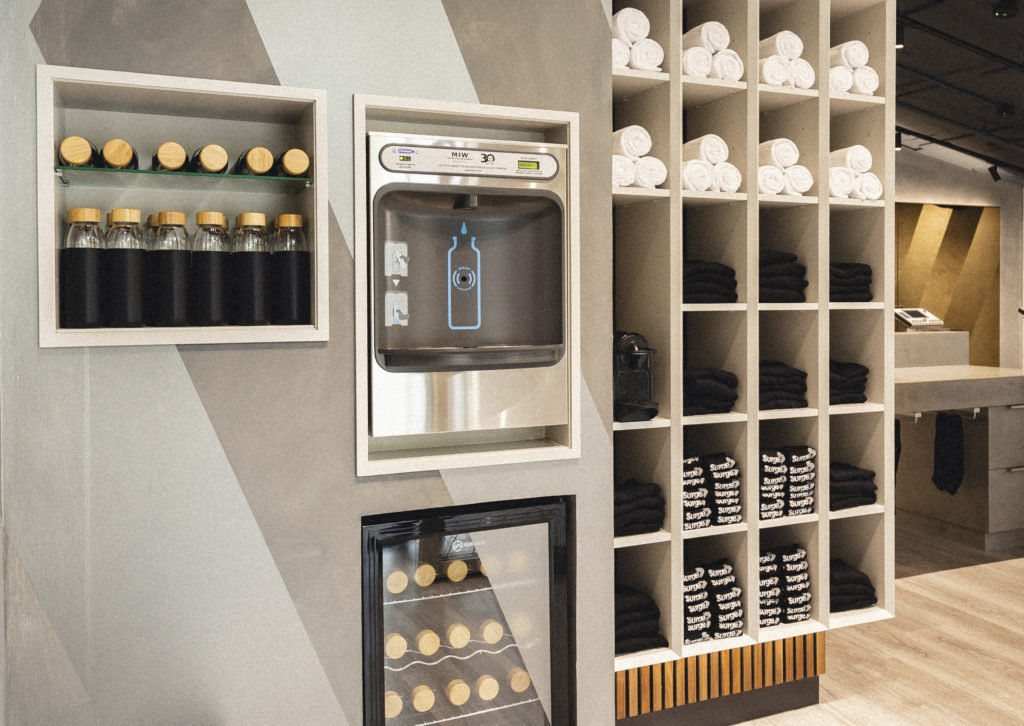
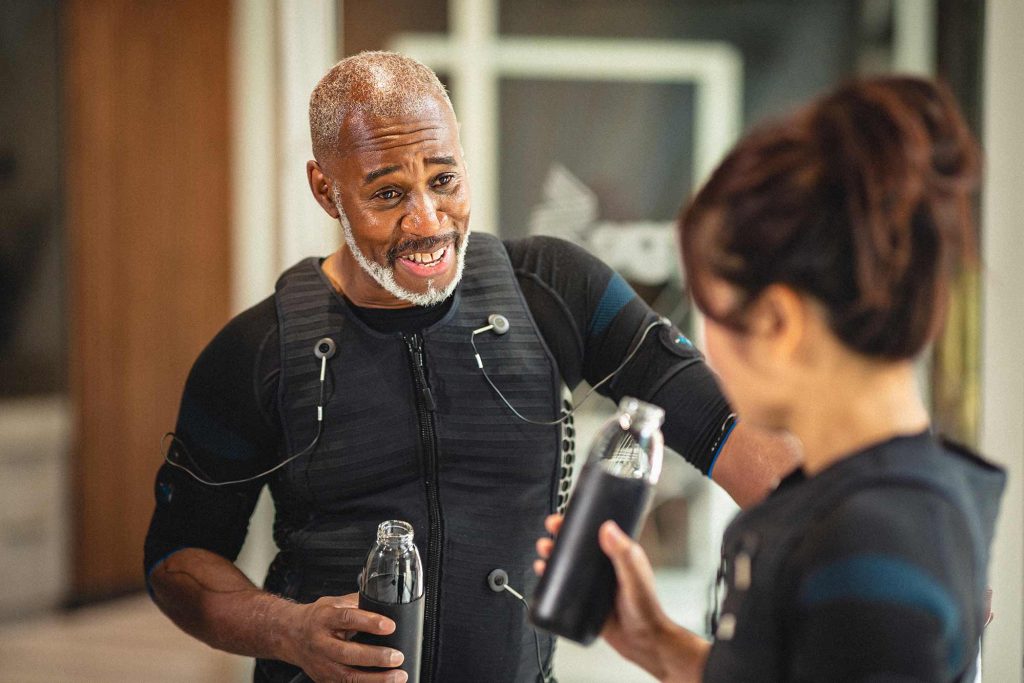
THE IMPORTANCE OF MUSCLE TONE
Muscle tone is the natural tension in our muscles, crucial for maintaining posture and readiness for action. It can vary, reducing during relaxation and increasing during activity. Factors like stress can also affect muscle tone, highlighting the connection between our mental state and physical condition.
EXPLORING MUSCLE CONTRACTION TYPES
Our EMS devices are manufactured in Germany to the highest standards. This ensures your session is delivered in a safe and controlled environment, under the guidance of our professional trainers.
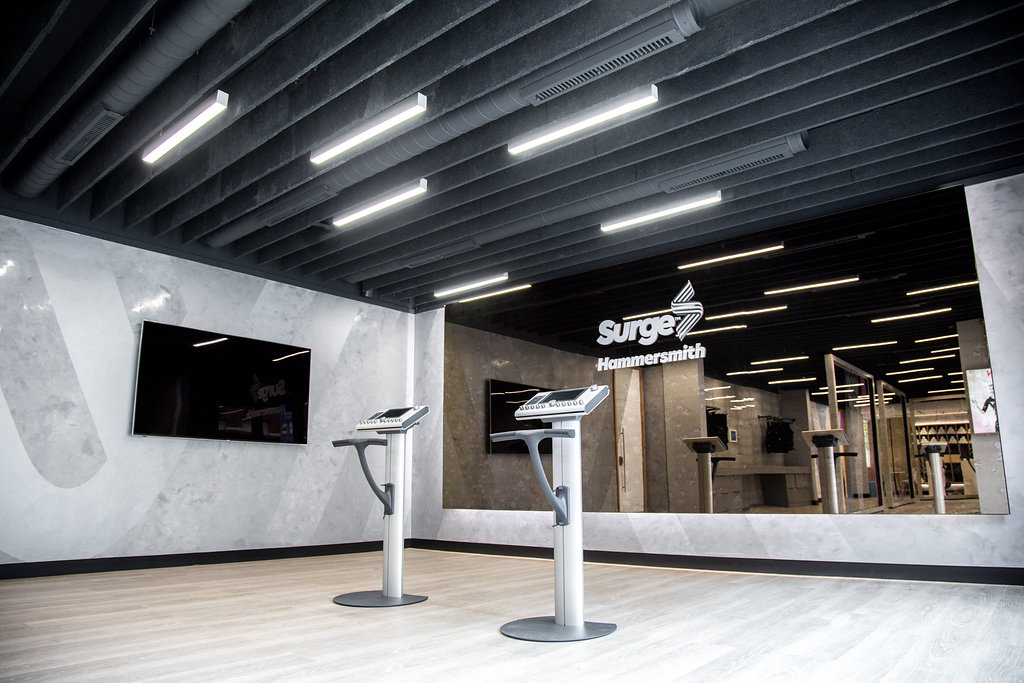
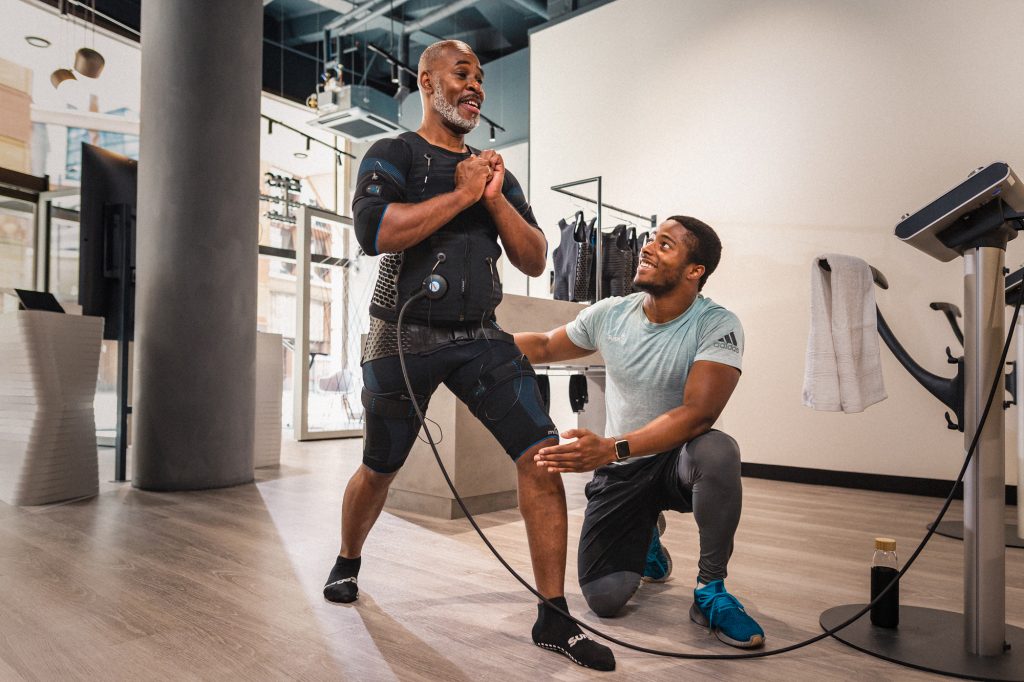
THE ROLE OF THE EMS DEVICE
The EMS device we use in our studios sends signals to motor units throughout your body, causing them to initiate a contraction. The power of the device and the reason it is so effective is that these contractions occur in all major muscle groups simultaneously, for the whole of the 20-minute workout. It would be impossible to achieve contractions in the same way through voluntary movements alone.
WHY WE RECOMMEND ONE SESSION PER WEEK
GET THE URGE TO SURGE
Watch our video and learn more about EMS training.
